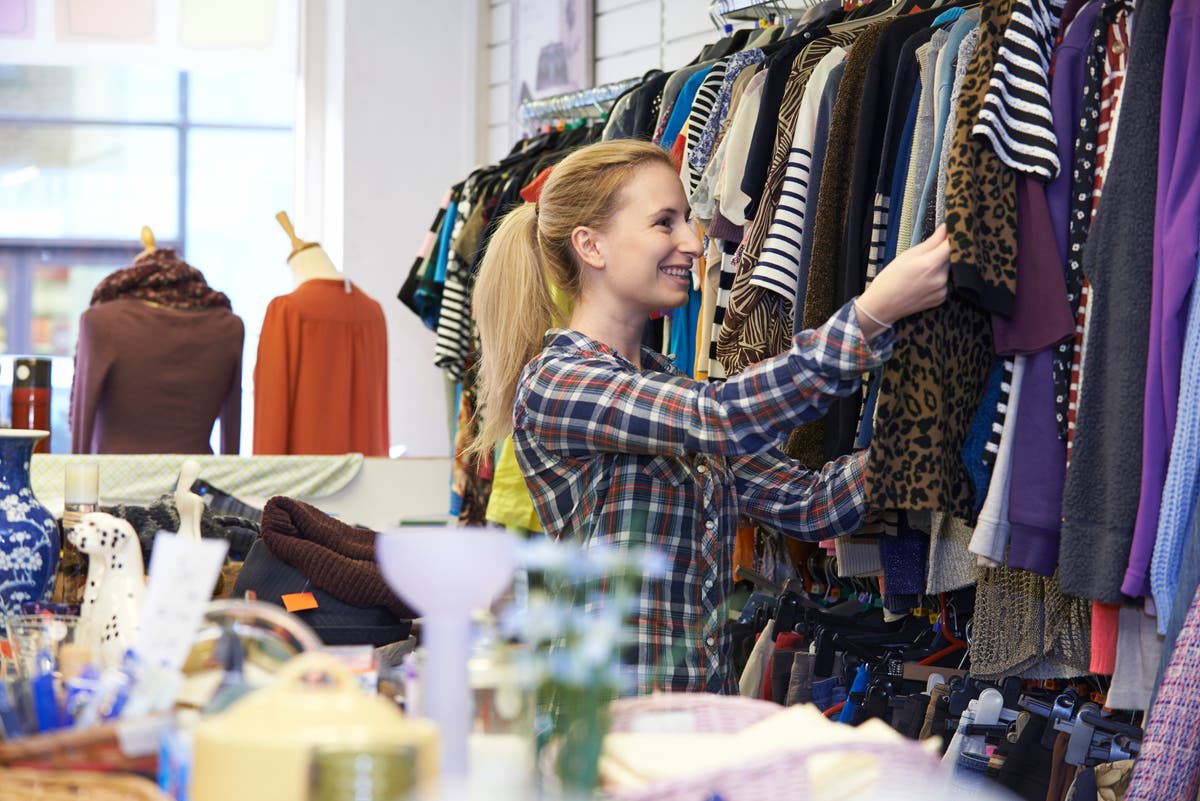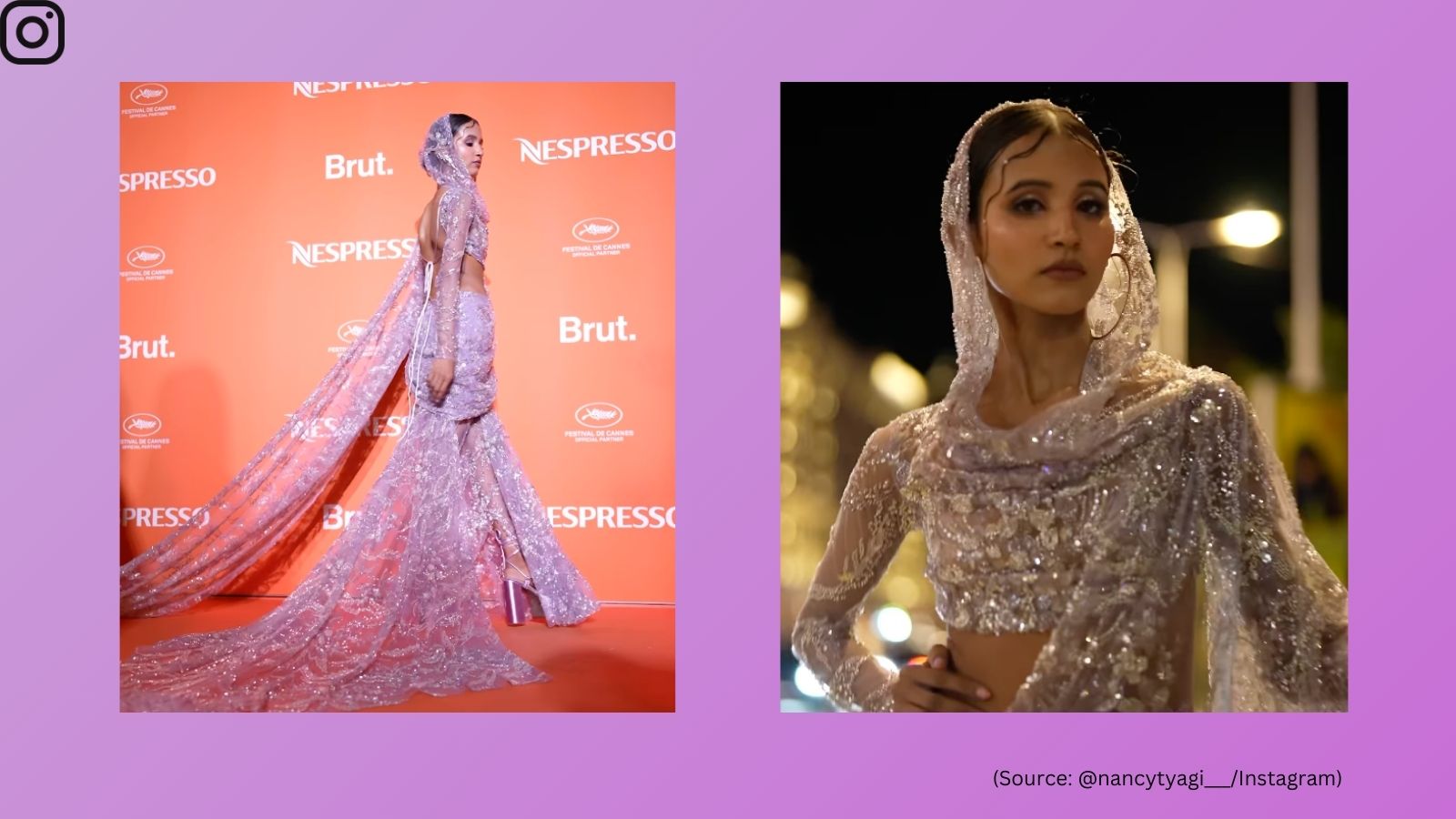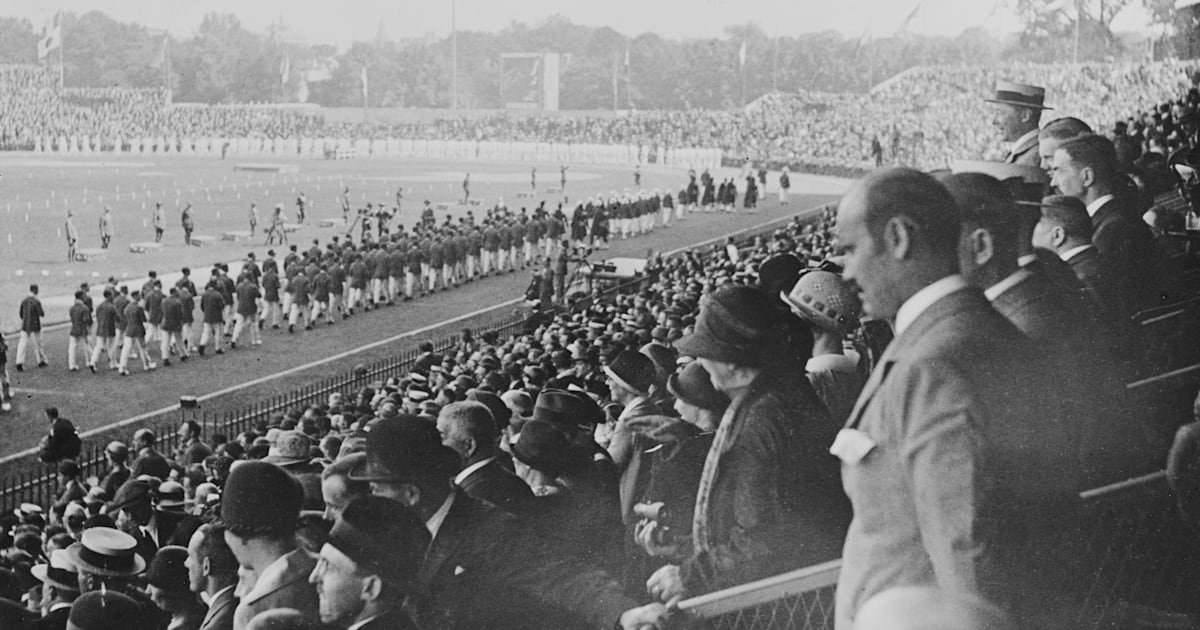Shopping
Secondhand clothes shopping reaches record – with half of us owning a pre-worn item

Spending on secondhand clothes reached a record £2.4 billion in 2023, with half of shoppers buying a pre-worn item, according to a study.
Almost a quarter of the average Briton’s wardrobe (23%) is made up of pre-owned items, rising to 34% among those aged between 18 and 34, a survey for the Westfield shopping centre group found.
On average, Britons bought three items of clothing from secondhand retailers in 2023, with young adults buying 5.3 items on average, compared to 1.7 items for those aged 55 and over.
Londoners were more likely than those from other regions to buy secondhand items, at an average of 6.6 pieces.
Those who bought secondhand clothing last year spent an average of £91.60, rising to £120.40 for 18 to 34 year olds, £133.20 for Londoners.
The most commonly purchased second-hand items included shirts or T-shirts (57%), jackets (39%), and jeans or trousers (37%).
Three in 10 of those who picked up a secondhand bargain in the last year also commonly bought accessories (29%) and shoes or trainers (26%), the survey found.
The figures include parents choosing secondhand clothing for children, particularly toddlers and primary school students.
Some 59% of parents bought at least one secondhand item for their children in the last year, with parents of toddlers and primary school students buying 6.1 and 6.2 items respectively.
The study found almost a third of shoppers (31%) would be more likely to buy secondhand clothing if it could be purchased directly from a high street clothing retailer, increasing to 37% of younger consumers, 40% of North East residents and 43% of Londoners.
The biggest attraction for secondhand clothing purchases was its cost-effectiveness, particularly during the cost-of-living crisis, cited by 36% of those who bought secondhand.
Some 16% said they chose secondhand items out of concern for the climate and as an alternative to fast fashion, while 9% cited style and quality, saying new clothing did not last as long, while 8% thought it was “cool”.
Overall, almost three quarters of consumers (72%) said they could see an upside to shopping for secondhand clothes.
Westfield commissioned the study into Britons’ engagement with the circular economy as it launched its Good Festival, which focuses on sustainable shopping trends
As part of this year’s Westfield Good Festival, the leading shopping destination commissioned a piece of research in partnership with Opinium to identify British shoppers’ engagement with the circular economy.
According to GlobalData, the clothes resale market in the UK grew by 149% between 2016 and 2022 and is forecast to rise by 67.5% from 2022 to 2026.
Alyson Hodkinson, head of sustainability for Unibail-Rodamco-Westfield UK, said: “The Westfield How We Shop research findings are hugely encouraging as we see more consumers committing to circular consumption choices.
“As sustainability becomes increasingly important in purchasing decisions, we anticipate continued growth in the secondhand market and high street retailers should embrace this opportunity to create more choice for customers.
“With an annual value of £2.4 billion, the secondhand fashion market in the UK represents a sizeable chunk of revenue as well as a positive step for our climate efforts.”
Opinium surveyed 2,000 UK adults from April 29 to May 3.









